Nature is both awe-inspiring and humbling, filled with creatures that command our respect and caution. While some dangers are obvious, like a tiger’s roar or a shark’s fin, others are hidden, waiting in the shallows or skittering underfoot. These animals remind us of the delicate balance between admiration and caution when we step into their world. Whether they’re silently stalking or defending their territory, understanding their behaviors can be the key to coexistence—and survival.
1. The Silent Assassin: Inland Taipan
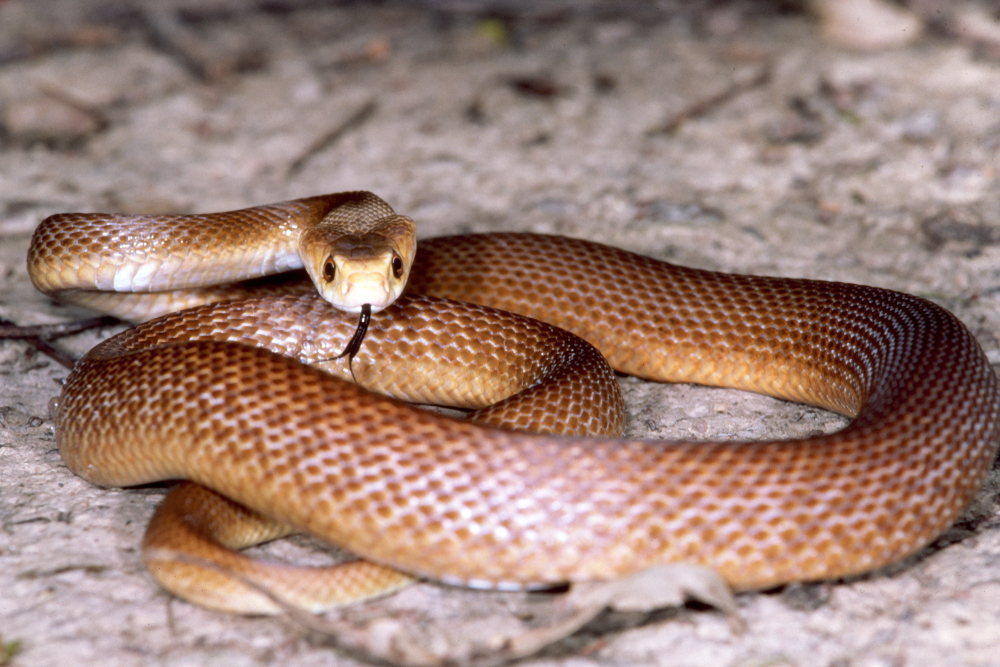
Meet the Inland Taipan, a snake so venomous that even its name sounds menacing. Also known as the “fierce snake,” it boasts the most toxic venom of any land snake. Thankfully, these serpentine ninjas are shy and reclusive, residing in the remote areas of Australia. They tend to avoid human encounters, which is a major plus because one bite delivers enough venom to kill several humans in mere minutes. As noted by Guinness World Records, the inland taipan’s venom is so potent that the estimated human lethal dose is a mere 1 mg, and these snakes are capable of delivering over 100 mg in a single bite.
This deadly cocktail can have you gasping for breath before you even realize what bit you. Antivenom is crucial, but the need for immediate medical attention is even more so. You’re racing against time with this serpent, and any delay could be fatal. It’s like nature’s way of saying, “You can look, but please don’t touch.”
2. Tiny Terror: The Box Jellyfish
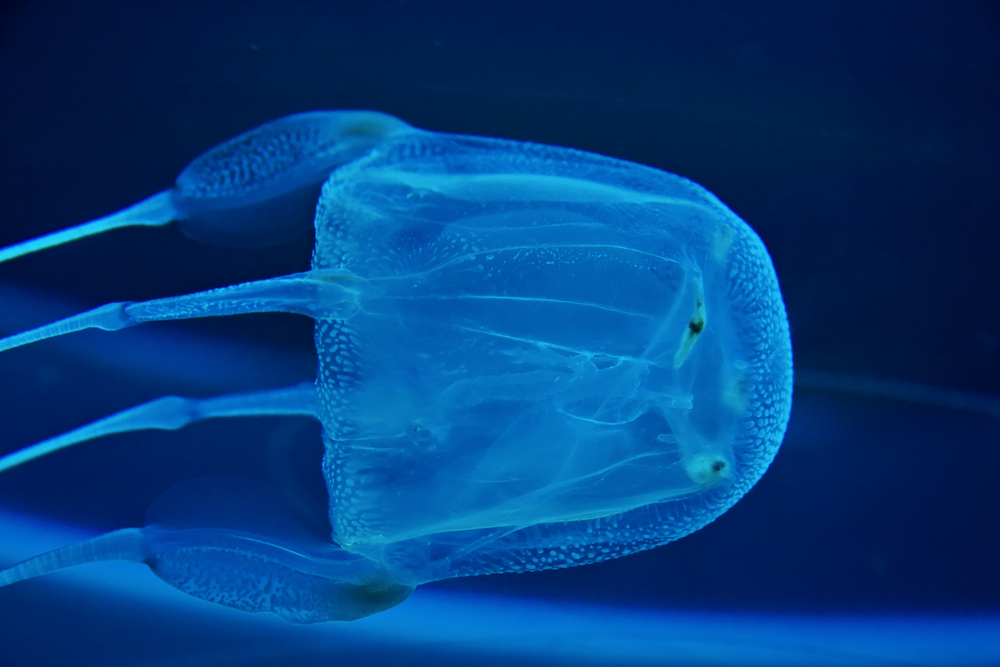
Imagine floating in the serene waters of the Pacific, when suddenly, ouch—you’re stung by something you didn’t even see. Enter the Box Jellyfish, a small creature with a punch that packs enough venom to incapacitate a human in minutes. Their tentacles are loaded with thousands of stinging cells, making them one of the most venomous animals on Earth. You could be having the time of your life, swimming carefree, and then bam—next thing you know, you’re racing against the clock to get medical attention. According to the Mayo Clinic, box jellyfish are nearly invisible in water, making them difficult to spot and increasing the risk of accidental stings.
As you swim, you might start to feel a tingle that quickly escalates to excruciating pain. This pain can cause shock, cardiac arrest, and in severe cases, death—all before you’d have time to shout for help. It’s a silent but deadly game of dodgeball with these translucent terrors. If you’re ever in their territory, wearing protective clothing is a must.
3. Death From Below: Saltwater Crocodile
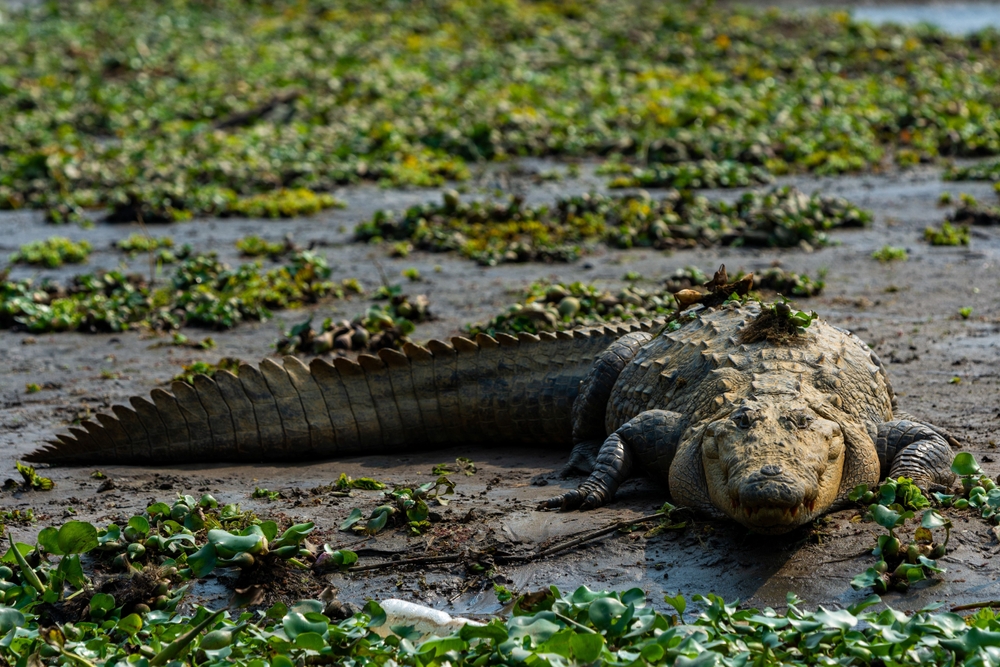
Picture this: you’re enjoying a sunny day by a riverbank in northern Australia when, out of nowhere, a 20-foot-long prehistoric predator lunges at you with jaws that can crush bones like twigs. Saltwater Crocodiles, or “salties,” are master hunters with a reputation for fearlessness and aggression. They lie in wait, perfectly camouflaged in the water, before launching their surprise attack—often with deadly accuracy.
Their sheer size and power are terrifying, but it’s their stealth that really sets them apart. They blend seamlessly into their environment, giving you precious little time to react. Once they have you in their grip, it’s a terrifying death roll to dismember prey. If you’re in their territory, best keep a respectful distance and always stay alert. These ancient reptiles are a reminder that some parts of nature are better observed from afar.
4. Unseen Danger: Cone Snail
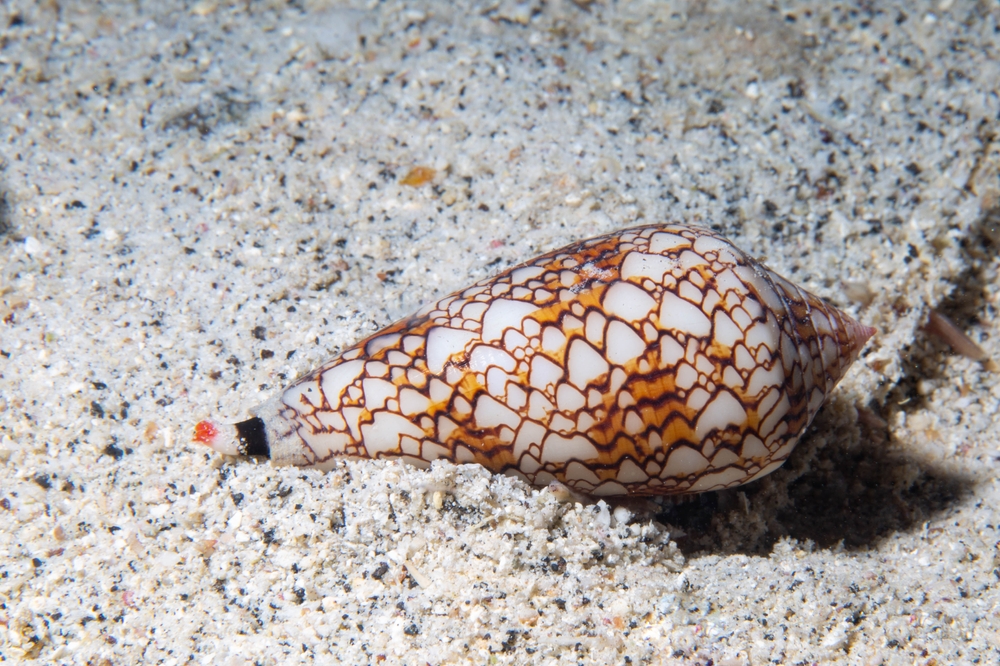
Beachcombing paradise or hidden nightmare? With the Cone Snail, it’s a bit of both. Found in the warm waters of the tropics, this small, unassuming mollusk hides a harpoon-like tooth that releases a potent venom. One sting can paralyze a human in minutes, turning a leisurely beach stroll into a race for survival.
The venom, known as conotoxin, swiftly disrupts nerve and muscle function, leaving victims breathless and helpless. It’s not just a question of pain—it’s life-threatening. There’s no antivenom, so treatment involves managing symptoms while hoping the effects wear off. Avoid handling these beautiful but deadly snails to prevent an unexpected trip to the emergency room. Remember, looks can be deceiving, and with the Cone Snail, curiosity could kill more than just the cat.
5. Terrifying Menace: Brazilian Wandering Spider
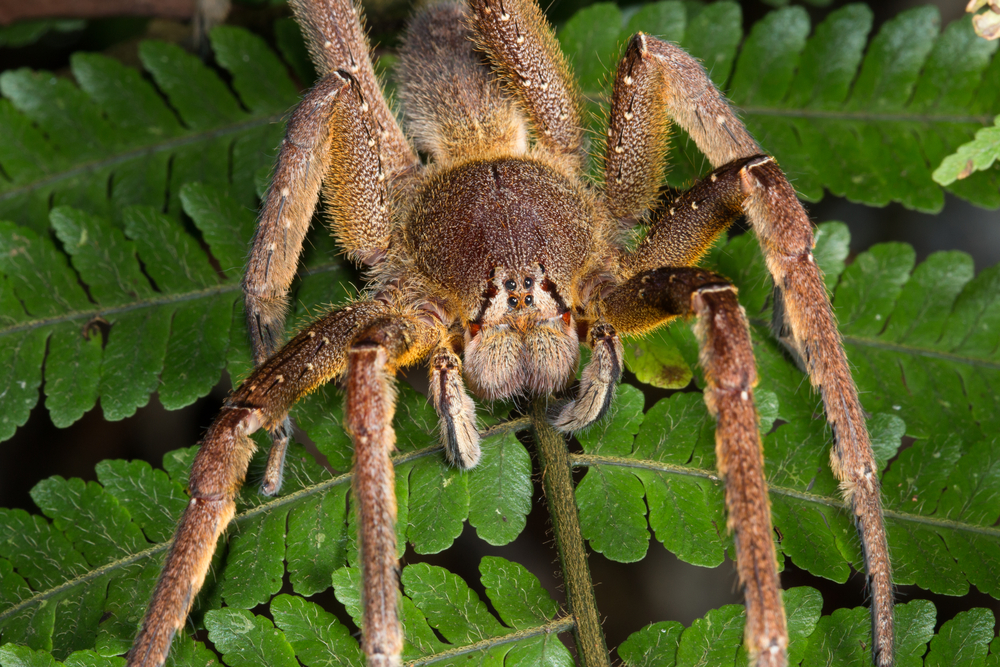
Found lurking in South American forests, the Brazilian Wandering Spider doesn’t just wait in webs for prey. It actively hunts, sometimes even wandering into human habitats, hence the name. Its venom is a potent mix that can lead to muscle paralysis, breathing difficulties, and if untreated, death in less than an hour.
The spider’s aggressive nature and tendency to hide in places like shoes or clothing make accidental encounters all too common. Its venom can cause excruciating pain and a variety of systemic effects, including a lasting erection in men, which sounds less funny when you realize it’s potentially life-threatening. Immediate medical attention and antivenom are necessary to counteract the effects. While many bites are dry (meaning no venom is injected), this isn’t a gamble you’d want to take. Spiders may often be the stuff of nightmares, but this one is the real deal.
6. Sea Dweller: Stonefish
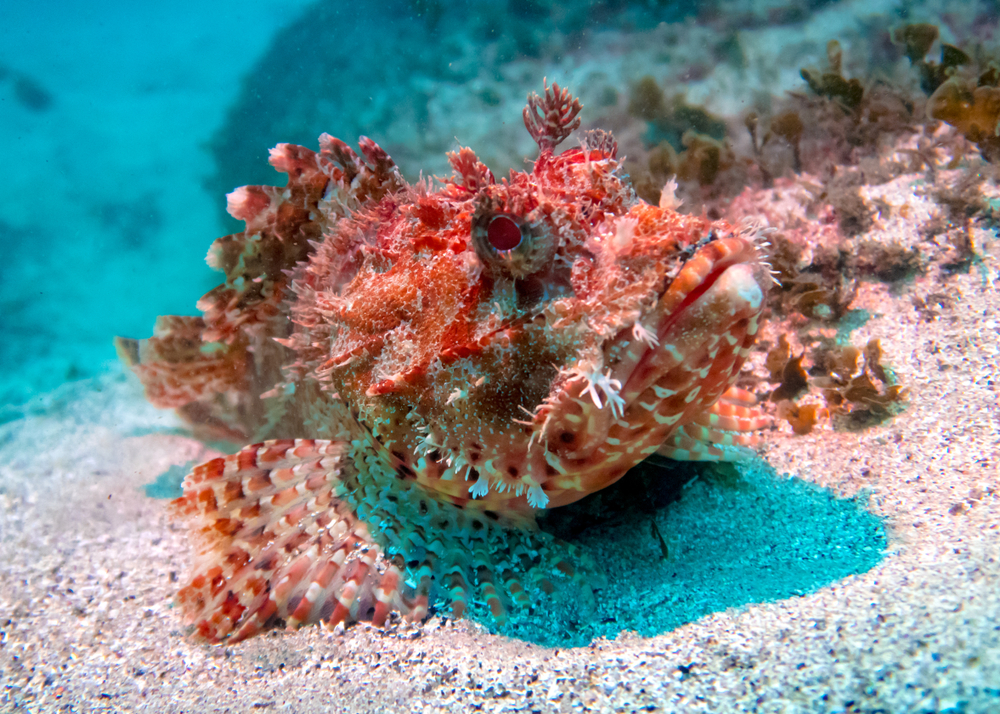
Step into the water, feel a sudden sharp pain, and before you know it, you’re struggling to breathe. That’s the experience of those unlucky enough to step on a Stonefish, the world’s most venomous fish. With a body that mimics the ocean floor, these creatures are nearly impossible to spot. Their venom can cause intense pain, tissue damage, and in severe cases, heart failure.
The Stonefish’s spines release venom when pressure is applied, which means an unwary step could lead to a medical emergency. Immediate first aid involves immersing the affected area in hot water to denature the venom’s proteins. Antivenom is available but getting to it in time can be tricky. Inhabiting the coastal regions of the Indo-Pacific, they remind us that sometimes the deadliest creatures are the ones you never see coming.
7. The Predator in Disguise: Blue-Ringed Octopus
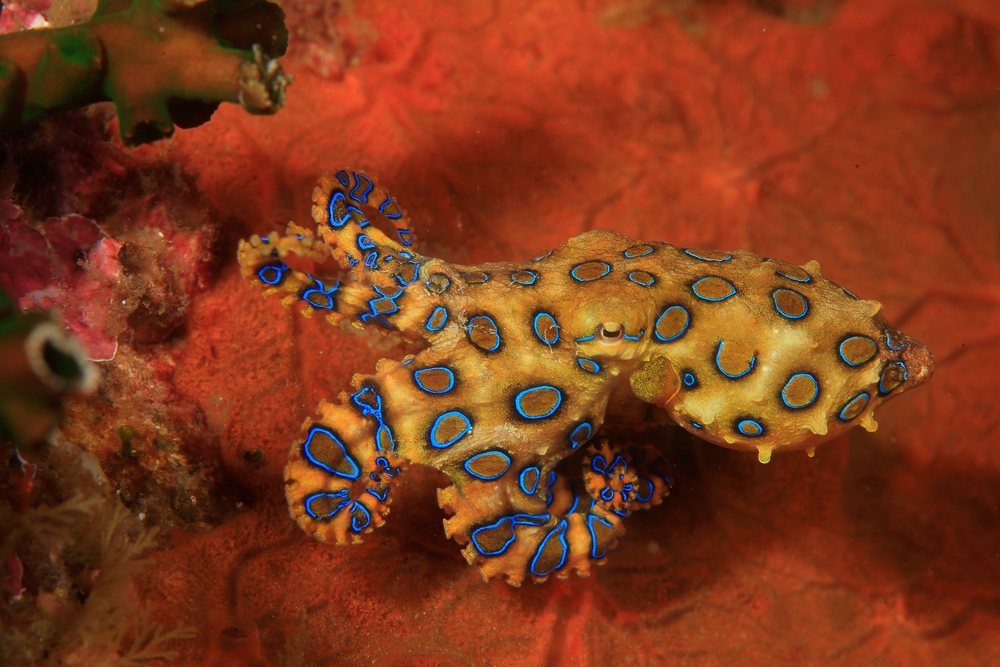
The Blue-Ringed Octopus is a small but vividly beautiful creature residing in the Pacific and Indian Oceans. Don’t let its dazzling blue rings fool you; this octopus carries enough venom to kill 26 humans in mere minutes. The venom contains tetrodotoxin, a substance that can cause muscle paralysis and respiratory failure, leading to death if untreated.
What makes this tiny octopus a true menace is its size and the fact that its bite can be nearly painless, meaning you might not notice until symptoms start. There’s no antivenom, so the focus is on supportive care—keeping the victim alive until the toxin wears off. The best advice is to admire these sea wonders from a distance. It’s a classic case of “look but don’t touch,” because the consequences could be deadly.
8. The Mighty King: Black Mamba
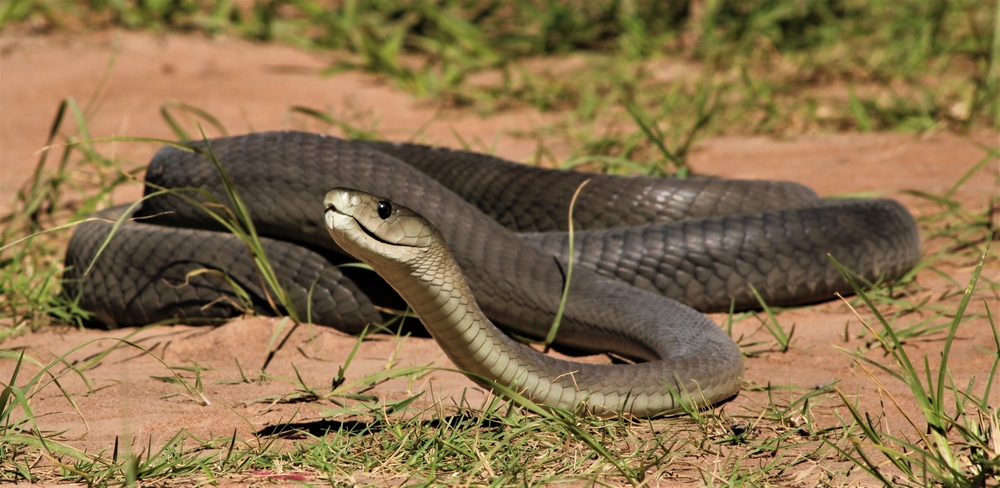
Meet the Black Mamba, Africa’s most feared snake and for good reason. This serpent is not only fast—striking at 12.5 miles per hour—but also delivers multiple bites in a single attack, injecting large doses of venom. If untreated, a bite can lead to death in just a few hours. Its venom shuts down the nervous system and paralyzes victims, making antivenom and swift medical intervention crucial.
The Black Mamba gets its name not from its scales, which are usually olive or grey, but from the dark, inky interior of its mouth. This snake is highly territorial and will defend itself aggressively. While it generally avoids humans, if threatened, it won’t hesitate to strike. Knowing where they reside and respecting their space is key to avoiding a deadly encounter. This is one king whose realm you do not want to trespass.
9. The Tiny Terror: Mosquito
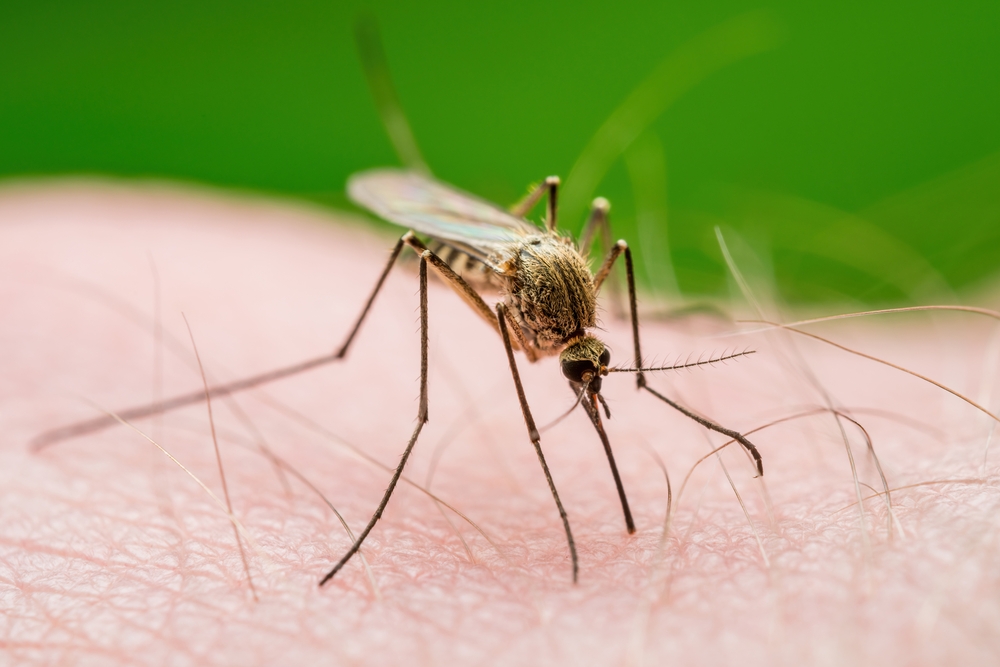
You might be surprised to find the humble mosquito on this list, but these tiny pests are responsible for more human deaths than any other creature. Through diseases like malaria, dengue, and Zika virus, mosquitoes indirectly kill hundreds of thousands of people each year. They breed in stagnant water, making them a menace in many tropical and subtropical regions.
The bites themselves are not the problem; it’s the pathogens they transmit that do the damage. Prevention is key—using insect repellent, sleeping under mosquito nets, and eliminating standing water around your home. While a single mosquito bite won’t kill you, the diseases they carry can, making them silent but deadly killers. Next time you hear that annoying buzz, remember, it’s more than just a nuisance.
10. Sea Serpent: Belcher’s Sea Snake
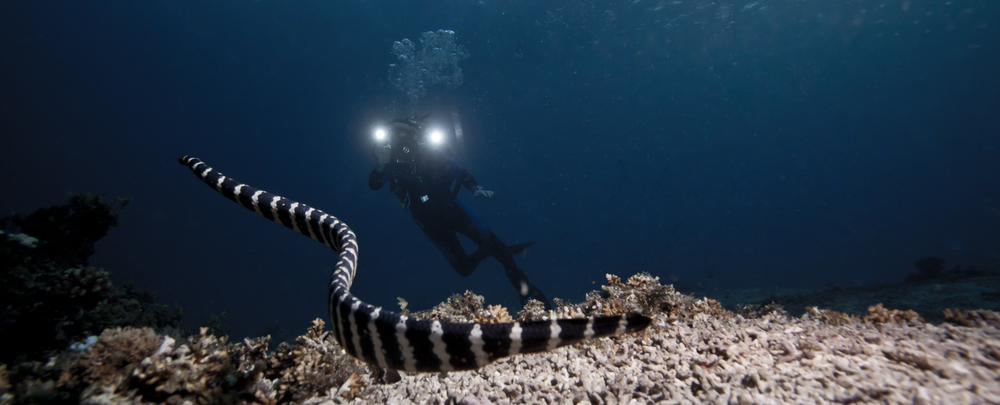
The Belcher’s Sea Snake may look innocuous, but it holds the title of the most venomous sea snake. Found in the tropical reefs of the Indian and Pacific Oceans, this snake’s venom is incredibly potent. Fortunately, they are docile and rarely aggressive towards humans. However, if provoked or accidentally caught in fishing nets, they can deliver a deadly bite.
Their venom contains neurotoxins that can cause paralysis and respiratory failure, leading to death if untreated. Because they inhabit areas far from immediate medical facilities, treatment can be complicated. While bites are rare, they serve as a reminder of the dangers lurking beneath the ocean’s surface. For those living or working near their habitats, awareness and precaution are your best defenses.
11. The Sky’s Predator: African Elephant
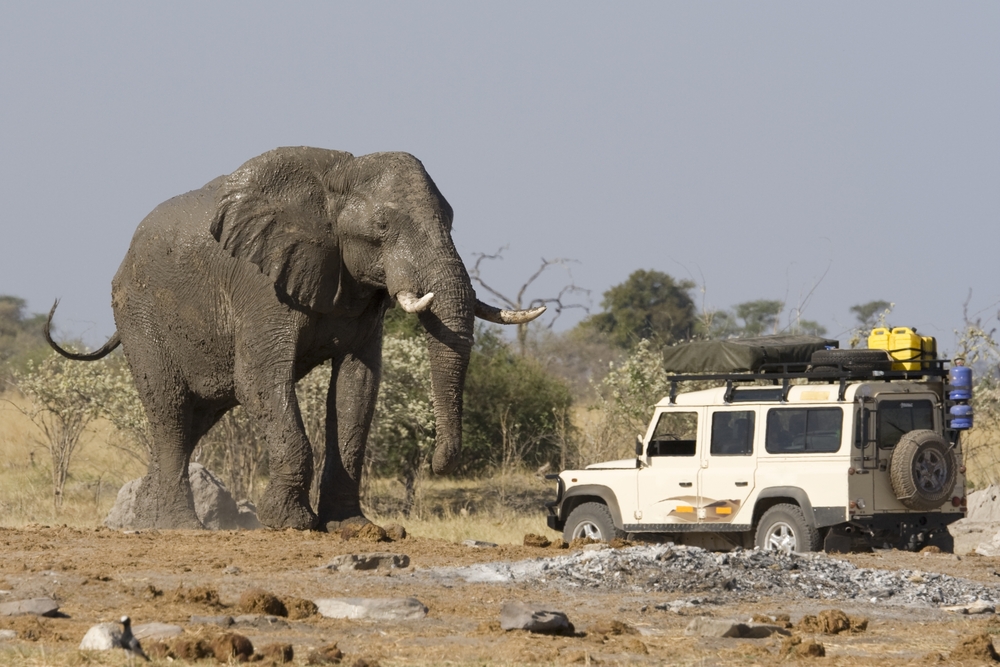
You might be wondering what an elephant is doing on this list, but African Elephants, especially bulls in musth or females with calves, can be incredibly dangerous. Weighing up to 11 tons, they have the power to trample anything in their path. When provoked or threatened, they can charge at speeds of up to 25 miles per hour.
Their sheer size and strength make them capable of causing massive destruction in seconds. Human-elephant conflicts often arise when humans encroach on their territory, leading to deadly encounters. Respect and distance are key when observing these majestic creatures in the wild. The African Elephant is a reminder that some of the most dangerous creatures are those we sometimes underestimate.
12. The Apex Predator: Great White Shark
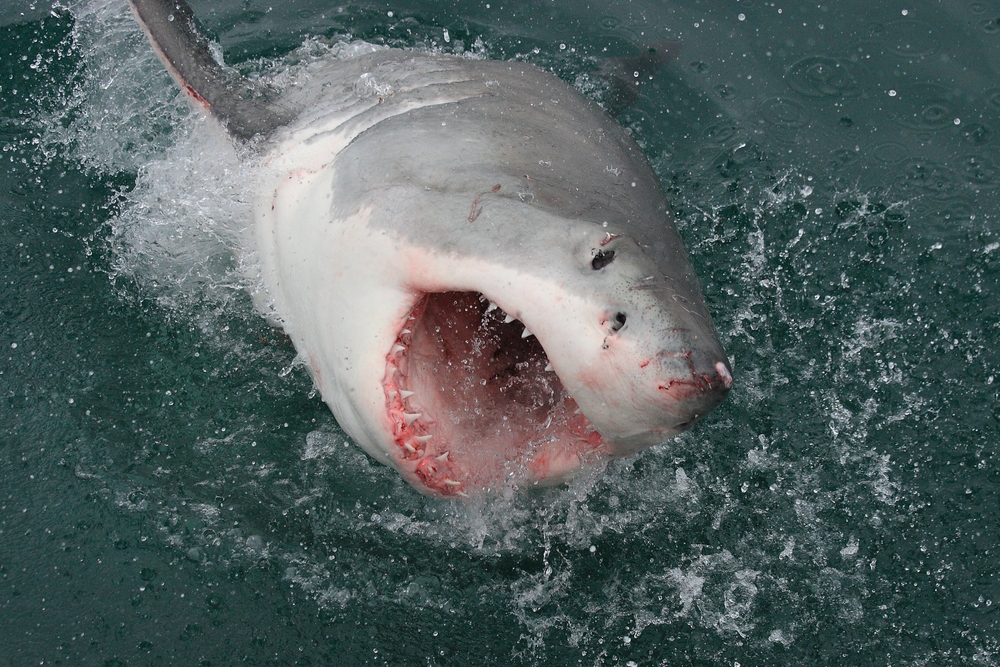
The Great White Shark, with its rows of razor-sharp teeth, is a fearsome predator of the ocean. While attacks on humans are rare, their power and size make them capable of inflicting fatal injuries with a single bite. Found in coastal waters around the world, they are apex predators, meaning they have no natural predators.
Despite their fearsome reputation, humans are not their preferred prey, and many attacks are believed to be cases of mistaken identity. Nevertheless, a close encounter with a Great White can quickly turn deadly. Staying informed about shark activity and avoiding known shark habitats during feeding times can reduce the risk of an encounter. This ocean giant reminds us that the sea is home to some of the most formidable creatures on the planet.
13. The Venomous Hunter: Funnel-Web Spider
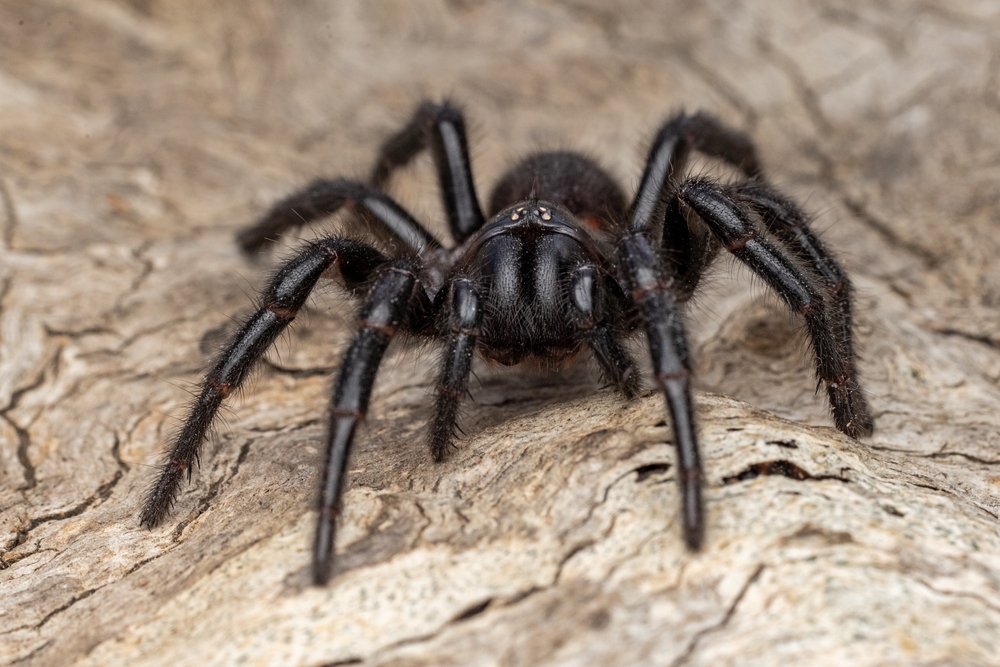
Australia’s Funnel-Web Spider is notorious for its potent venom and aggressive nature. With fangs that can penetrate fingernails, their bites deliver a fast-acting venom that attacks the nervous system. Found in moist habitats like logs and gardens, they often come into contact with humans.
Their venom can cause severe pain, difficulty breathing, and if untreated, death within hours. Thankfully, an effective antivenom is available, but immediate medical attention is necessary. The Funnel-Web Spider is a reminder that danger often lurks in the most unexpected places. Knowing how to identify and avoid them is crucial for those living in affected areas.
14. The Powerful Prowler: Bengal Tiger
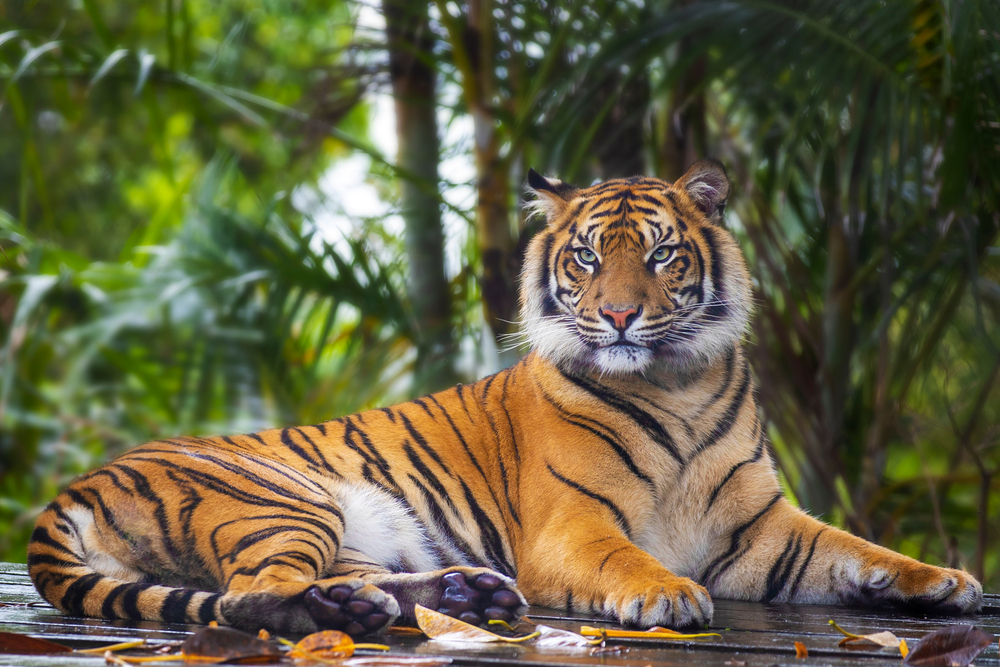
The Bengal Tiger, one of the largest and most powerful big cats, roams the dense forests of India and Bangladesh. As a top predator, it plays a crucial role in its ecosystem, but it can also pose a significant threat to humans. When habitat loss forces them into closer contact with people, conflicts can arise, sometimes leading to tragic encounters.
With powerful limbs and a bite force capable of crushing bones, a Bengal Tiger can kill in seconds. They are stealthy hunters, often attacking from behind, giving their prey little chance of escape. Conservation efforts are vital to preserving their habitat and reducing human-tiger conflicts. This majestic creature reminds us of the delicate balance between humans and wildlife.
15. The Aggressive Giant: Hippopotamus
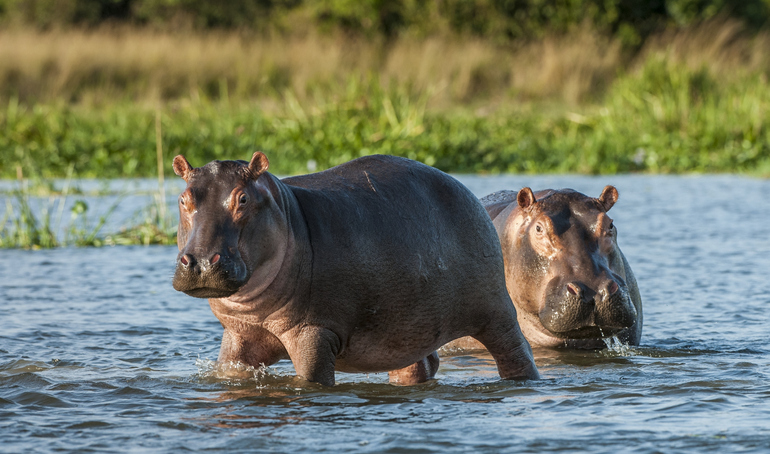
Don’t let their chubby appearance fool you—hippos are among Africa’s most dangerous animals. Their territorial nature and powerful jaws make them capable of crushing anything in their path. Despite their size, hippos can run at speeds of up to 19 miles per hour, making them surprisingly agile on land.
In the water, they are even more dangerous, often attacking boats and humans who venture too close. They are responsible for more human deaths in Africa than lions or elephants. Respecting their space and avoiding their habitats is crucial for safety. The hippo, with its combination of power and aggression, is a testament to the unpredictable nature of the animal kingdom.
